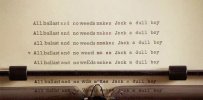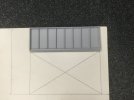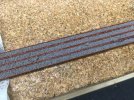One new item on my to do list is the south portal of the Snow Hill Tunnel. This is usually covered in steam and smoke from an emerging or disappearing train so I eventually found a photo of the tunnel when no trains could run. The photo explains why!
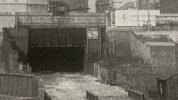
Yes, no track for several years after the Beeching Report. The brick supports are still there as is the 8 panel iron/steel cross piece but the regeneration of Moor Street changed the rest of the scene so this photo is really quite useful for recording just the portal. However, the huge brick Moor Street Warehouse had already burned down on the left side.
According to written details of the GWR rules for passing through the tunnel, the sand trap troughs and catch point were 59 yards south of the portal so quite by chance I have put the troughs in the right place. I should fabricate some sort of an inoperable catch point just in front of the portal, but may not bother because it will be completely hidden by the warehouse.
The brick pier on the right of the photo will have to be squeezed into place as the track is too close to the wall of the railway room. Again the warehouse will hide many details.
The next job will be to scale the photo to the location and sketch out a design.
The fence above the portal was actually roadside hoardings along the side of Moor Street. These precluded any hope of spotting Kings and Castles running in and out of Snow Hill back in the day.

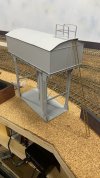
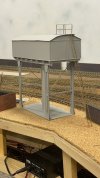
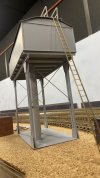
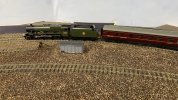

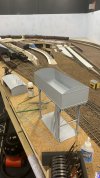
 (with apologies to The Shining)
(with apologies to The Shining)